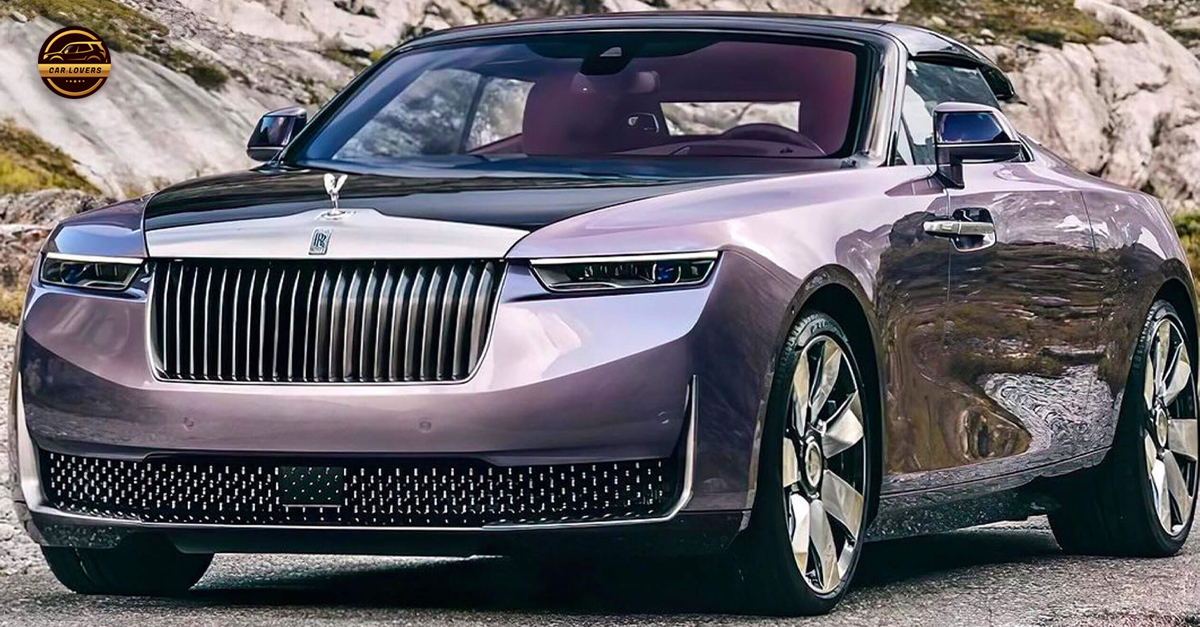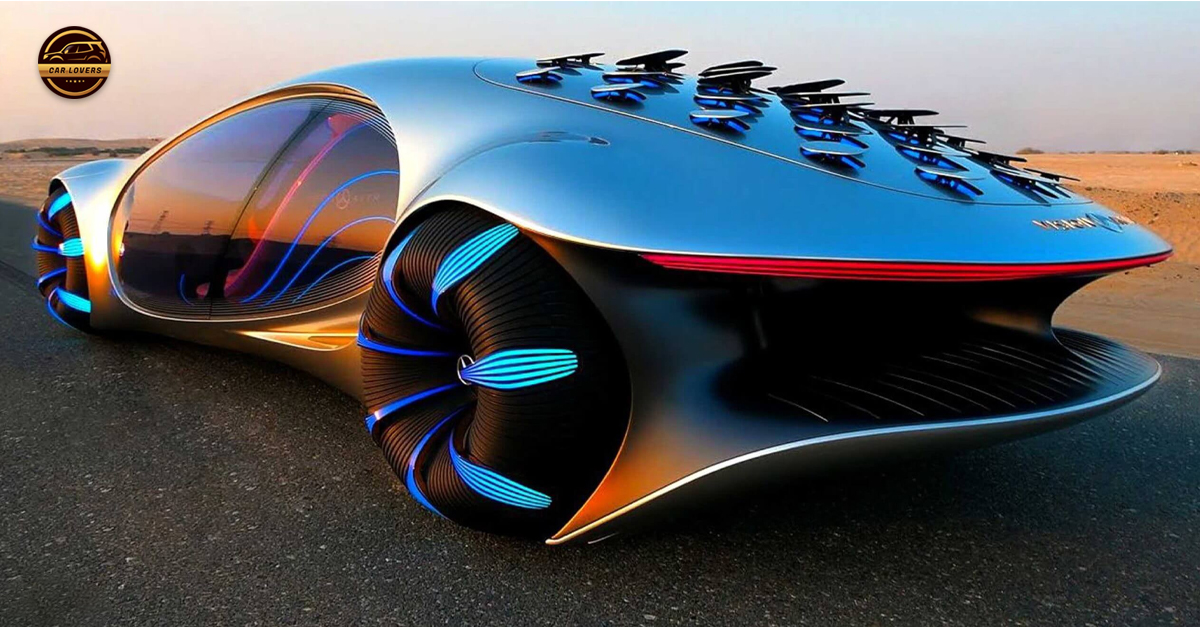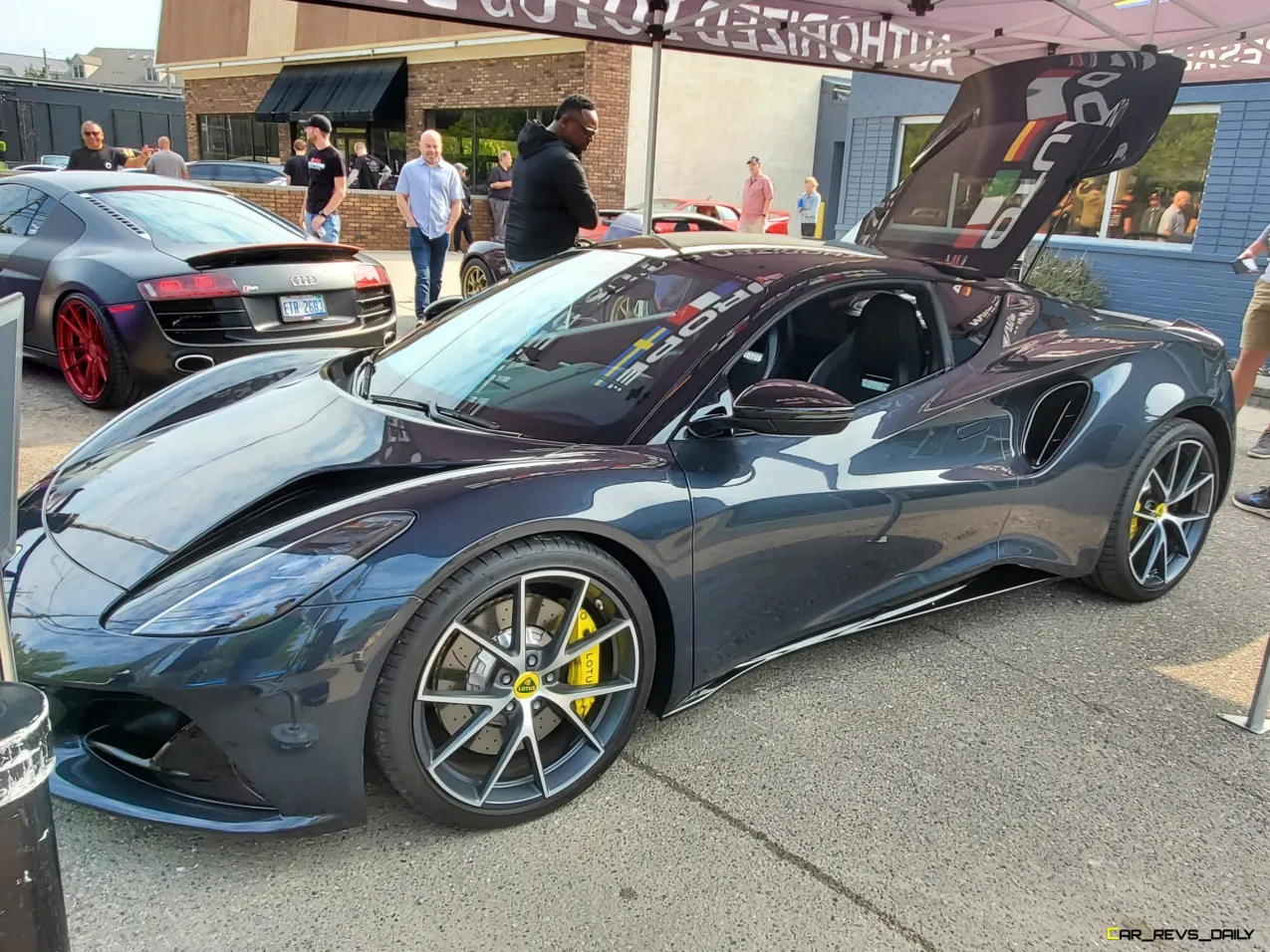Built by Tom BrogdenThis amazing machine was built using the original drawing’s.The original Enterprise started running in 1833

Walter Handcock’s Steam Coach of 1832.Boiler Position, T Brogden 4-3-1999.
The ‘Enterprise’ is a replica of one of a series of very early steam driven carriages built in London by the pioneering engineer Walter Hancock between 1824 and 1836.In France an engineer called Cugnot built the first powered vehicles, slow moving lorries for moving guns about 1770. In England, Richard Trevithick showed with his experiments, in 1801 that steam power was capable of propelling passenger carrying vehicles. He offered a steam carriage for sale in 1803, but this was not yet a viable proposition as an alternative to using horses. During the next twenty years the design of the high pressure steam engine, its power -to-weight ratio and ease of operation were much improved. and, as a result, several attempts were made to create effective, powered road vehicles.The first two entrepreneurs to build practical powered road vehicles and to run them, regularly and reliably were the rivals Goldsworthy Gurney and Walter Hancock. Gurney is, perhaps, better known but it is arguable that Hancock produced the better engineered vehicles.

The original Enterprise started running in 1833, carrying fare paying passengers in London and making occasional trips farther afield. (This is about the time George Stephenson was building the ‘Rocket’ and the ‘railway age’ was beginning) It incorporated many of the best features of the time including several of Hancock’s own patents such as the artillery wheel. . His method of suspending the vehicle on leaf springs and in particular of locating the rear axle in such a way that it could be driven from an engine within the carriage were very advanced for the time and wouldn’t have seemed out of date 100 years later. His use of a steering wheel was novel for the time also. The body was similar to the Shillabeer Omnibus – a successful design of horse drawn vehicle where up to 14 passengers sat in two rows facing each other. The engine had two large, vertical, double acting cylinders in a simple, cleverly arranged frame and could run at up to about 100 rpm. His boiler can best be described as similar to seven modern domestic pressed-steel radiators bolted together with a coke fire underneath them, supplying steam at up to 100 psi (6.1 bar). This arrangement meant that there is less water in the boiler than a conventional boiler and steam can be generated from cold more quickly and the overall weight of the vehicle is lower. Burning coke and using the draught from a fan driven from the crankshaft meant that the exhaust was relatively clean and unobtrusive, unlike Gurney’s machines. He favoured the steam blast and burnt coal, producing a fiery exhaust.
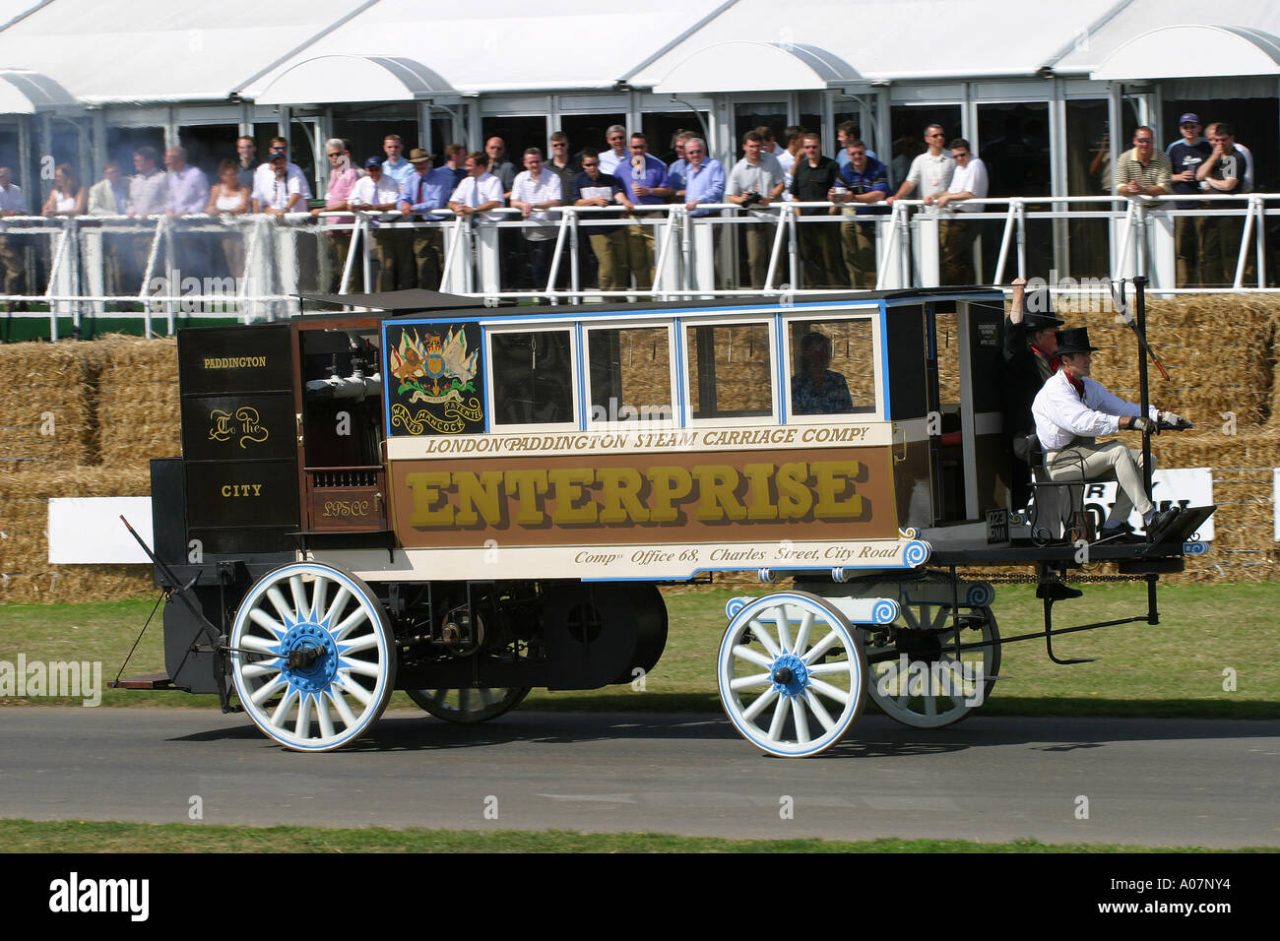
The ‘Enterprise’ was operated by three men. A driver at the front steers and controls the speed with a regulator and an engine man who was in charge of maintaining the water level in the boiler. He appears to have travelled sitting on the half door of the engine room with his feet outside. A third man attended to the fire and rode on a platform at the rear behind the boiler. He was in charge of a large brake handle which may of been of some slight help(!) when descending hills. It is not clear how these three communicated when the carriage was under way as they are out of sight of each other! Top speed was about 20 mph (32 km/hr) but 10 mph (16 km/hr) was a more usual cruising speed.The passenger seats act as water tanks and can contain up to about one ton of water giving a range of 10 to 20 miles before they need replenishing. It is not clear from descriptions of the time what the weight of the original vehicle was as these early pioneers, particularly Gurney tended to understate the weight, presumably to minimise the tolls but the replica weighs 3.2 tonnes.Although Hancock’s operation was nearly viable he eventually, like Gurney, gave up running his carriages for public use, partly due to the poor state of the roads and partly because of opposition from the powerful horse carriage lobby. He incorporated some parts of one of the early carriages into a runabout and continued to use this himself. What happened to the other vehicles is not known.Fortunately, Hancock kept detailed journals of his experiences and adventures with his carriages and these together with his patents and some engravings made by others have provided enough information for us to built the replica with some confidence that it is a close representation of the original carriage.Tom BrogdenMacclesfield17.07.2008
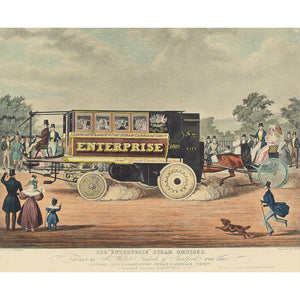
Hancock steam carriages Infant 2 on the right.
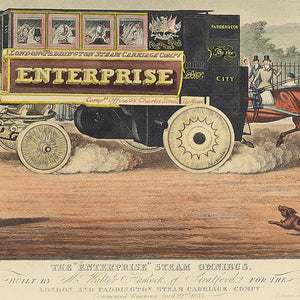
Trial run of Enterprise at Beamish Museum.
Comment from David Eustace, Canada.When driving in 1833 Walter Hancock’s arms became very painful when holding the steering because of the rough roads. He invented a device he used on Infant II, Enterprise, Era and Automaton that would lock the steering with a foot lever, to be used on straight sections of road. I therefore submit that Walter Hancock invented the worlds first automobile cruise control, as well as the worlds first successful Steam Omnibus used to carry 12,000 paying London customers for 4 continuous months, and the patented Hancock wheel and Hancock high pressure steam engine. He did all this when Daimler and Benz where just a gleam in their Granddads eyes; and Stephenson could only dream of a steering wheel.




